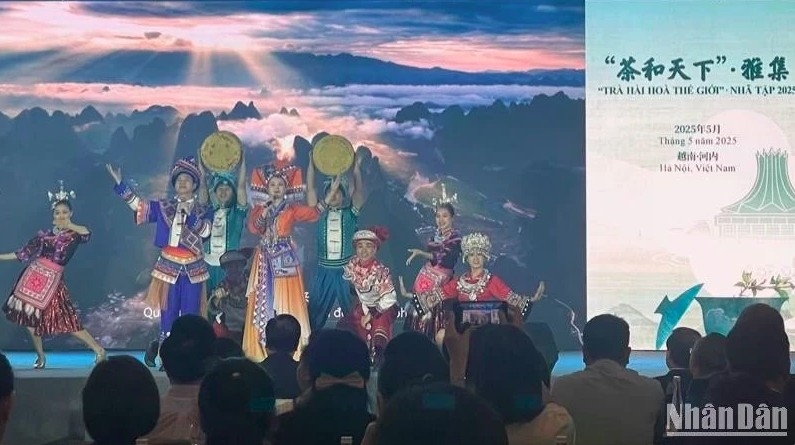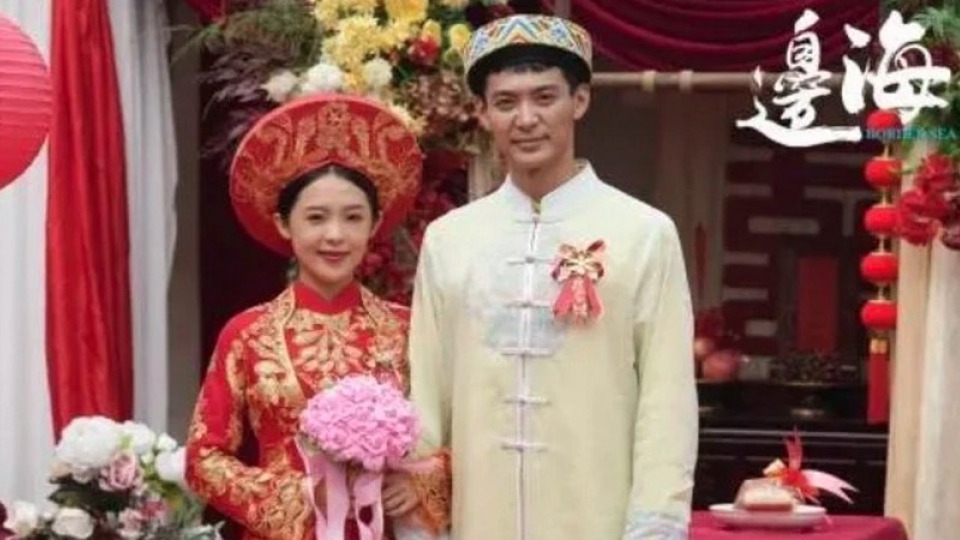Tea event promotes Vietnam-China cultural exchanges, tourism ties
The Department of International Cooperation under the Ministry of Culture, Sports and Tourism and China’s Nanning Municipal Bureau of Culture, Radio, Television, and Tourism on May 21 jointly organised a cultural exchange and tourism promotion programme in Hanoi.

The event was held on the occasion of the 75th anniversary of Vietnam-China diplomatic relations, the Year of Vietnam – China Humanistic Exchange 2025, and the International Tea Day (May 21).
Speaking at the event, Chairman of the Vietnam - China Friendship Association Nguyen Hoang Anh emphasised the multifaceted relationship between the two countries, especially their cultural similarities.
He said tea is one of the common symbols of Eastern civilisation and is also a "green ambassador" in the Vietnam - China friendship exchange. Both countries have a tradition of drinking and enjoying tea, and the people of the two countries use tea as a cultural and spiritual bridge. The gathering with cups of tea represents the philosophy of harmony, nobility and the attachment between people and nature.
A representative from the department of culture of the Guangxi Zhuang Autonomous Region of China affirmed the long-standing close relationship between the two countries. She said Vietnam and China both have a long-standing tradition of tea drinking, with many unique types of tea.
China’s traditional tea processing techniques and associated social practices have been added to the Representative List of Intangible Cultural Heritage for Humanity by the United Nations Educational, Scientific, and Cultural Organisation (UNESCO). Meanwhile, Guangxi jasmine tea is one of the famous teas, accounting for 60% of the world's jasmine tea production.
The Chinese representative said that Vietnam is currently the second-largest foreign tourist market for Guangxi. In the first four months of 2025, Guangxi welcomed 41,800 Vietnamese visitors, an increase of 88.43% over the same period in 2024. The locality has exploited the relics and memorial works of President Ho Chi Minh in Guangxi, combining geographical location, traffic, and historical factors, forming a chain of links, building six tourism routes, “Following in the footsteps of President Ho Chi Minh” to promote to Vietnamese tourists.



